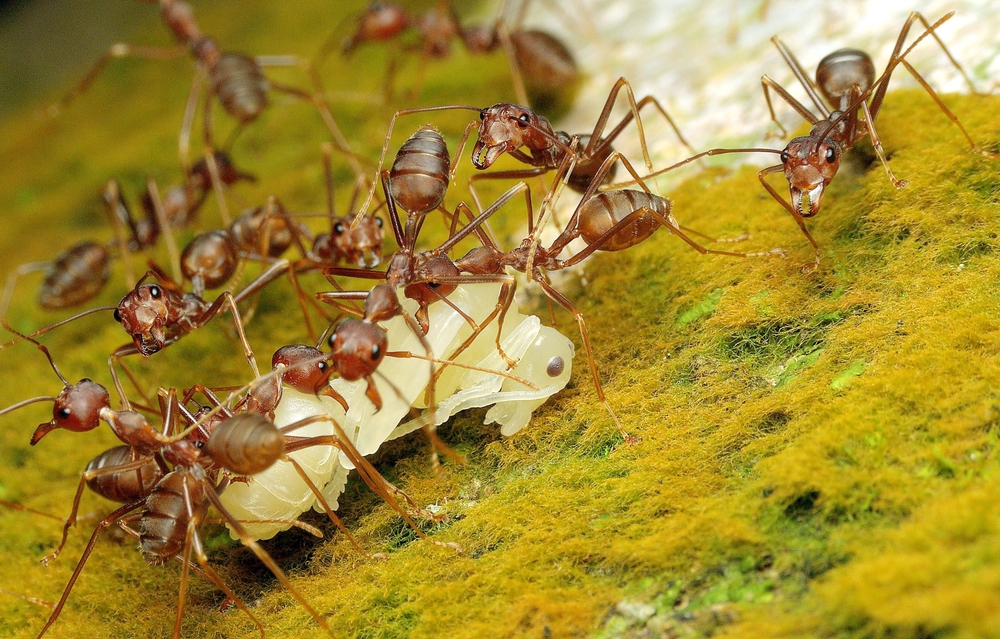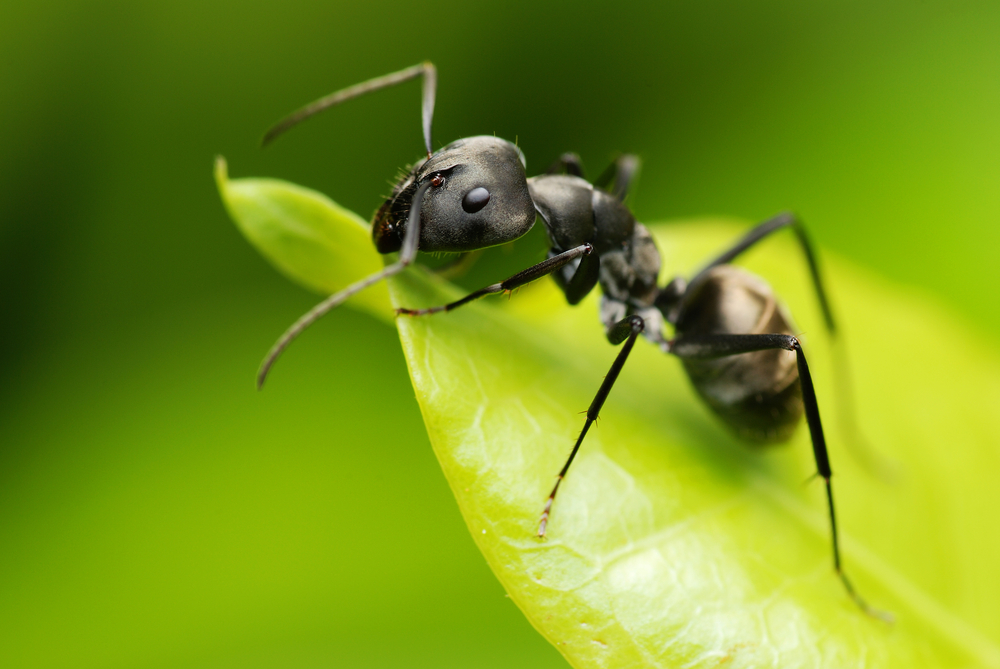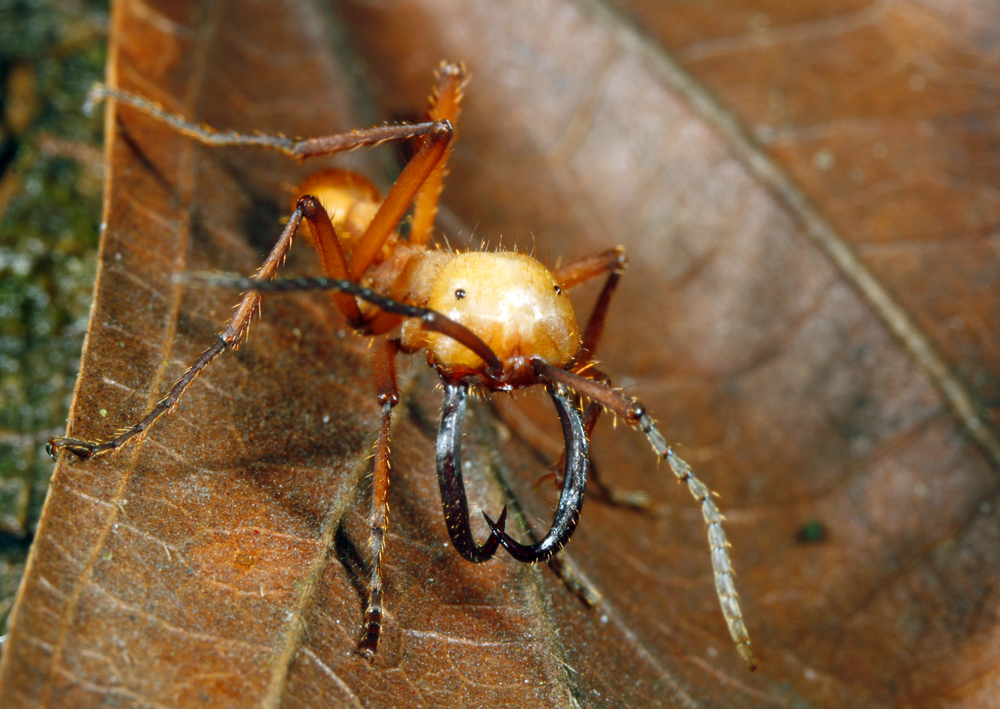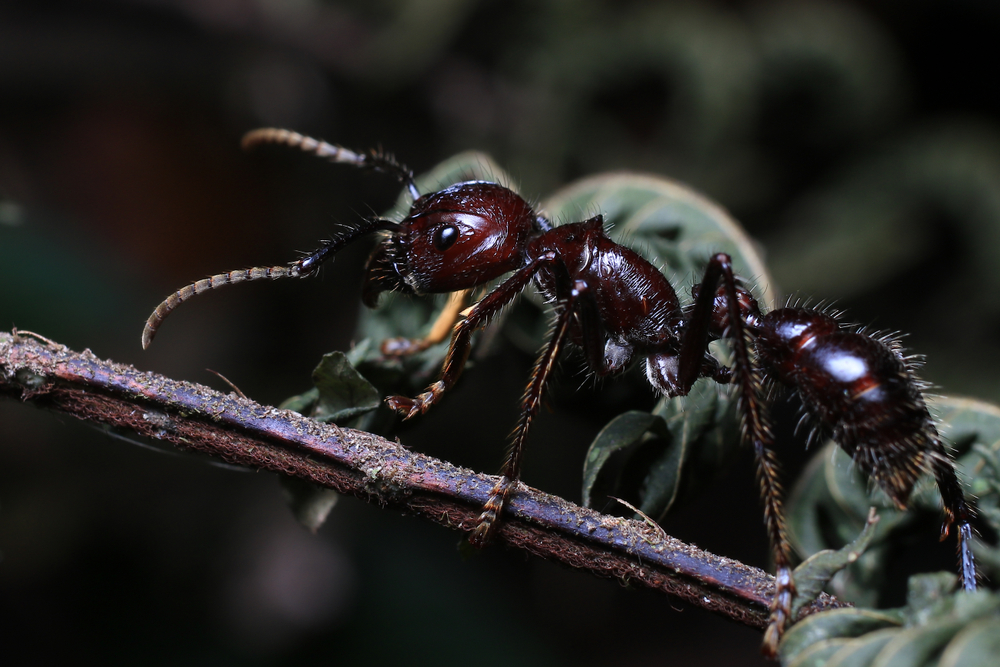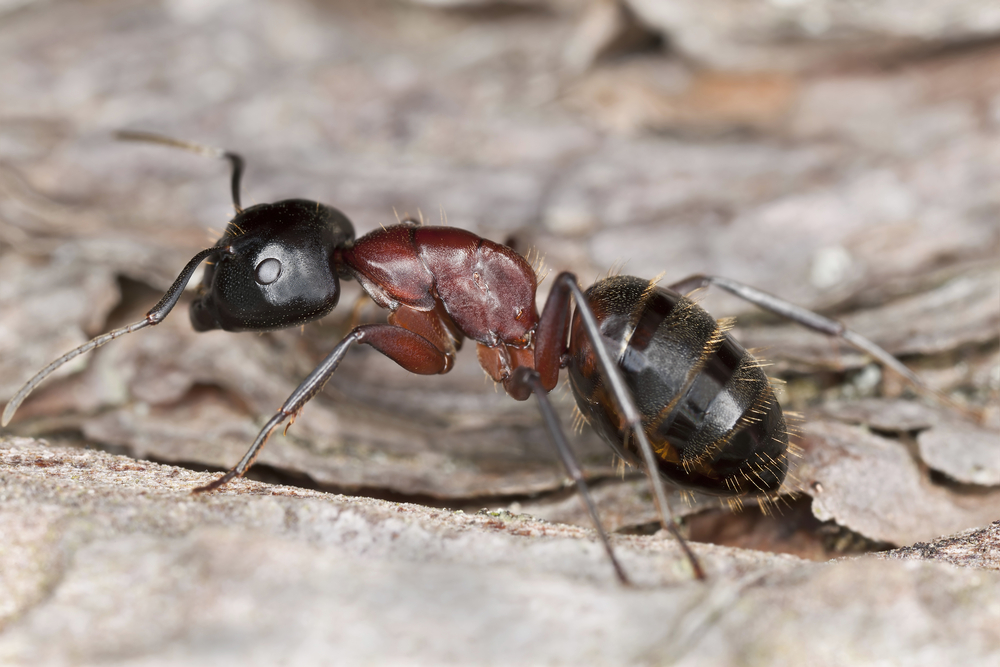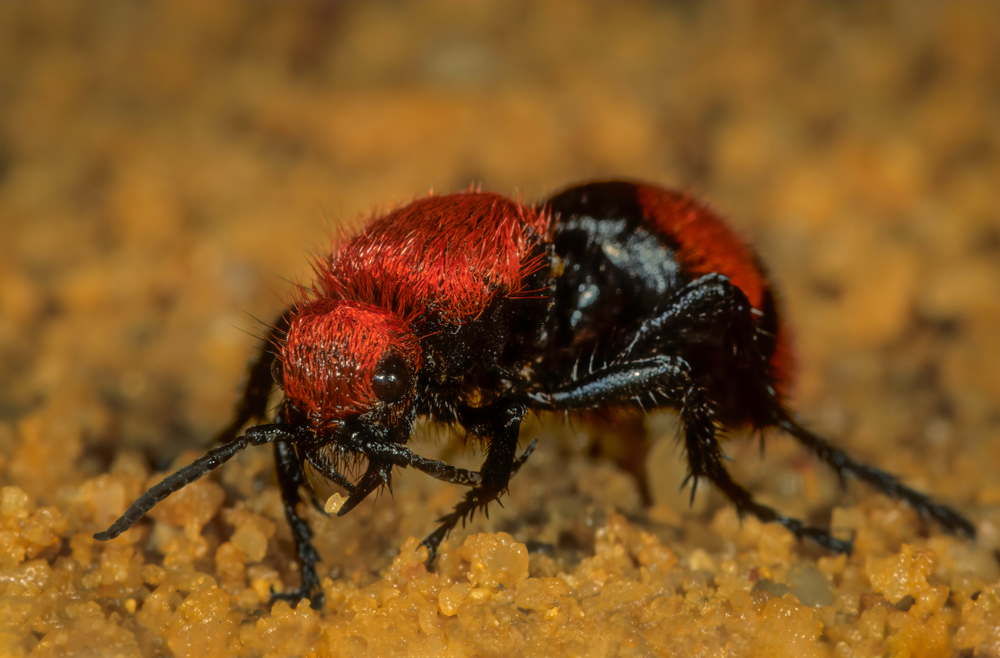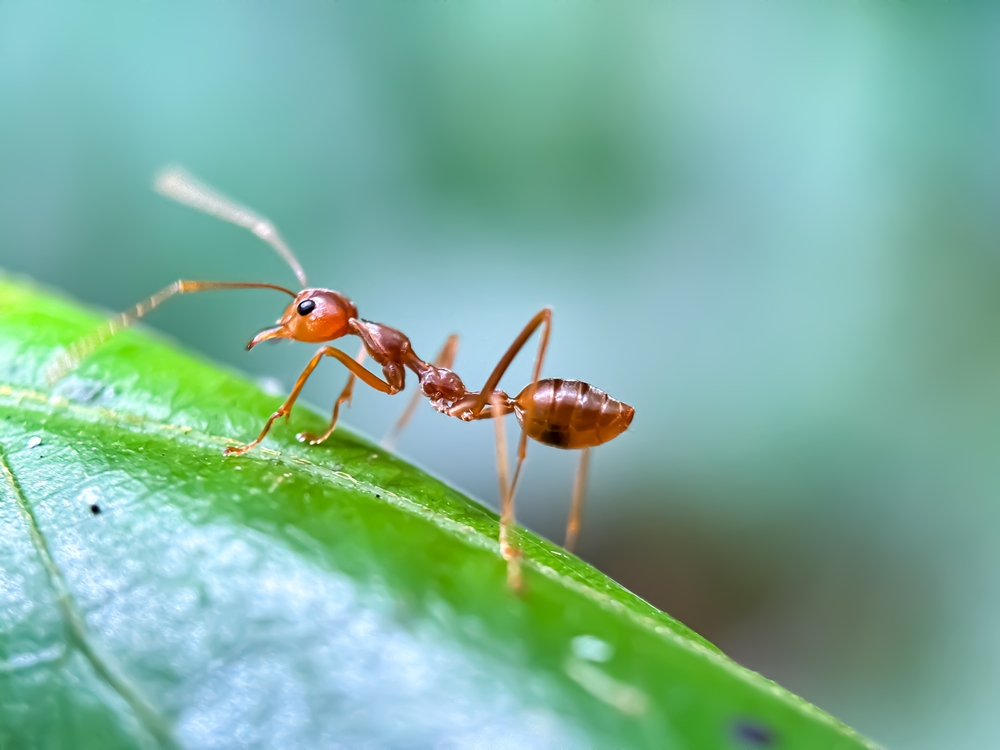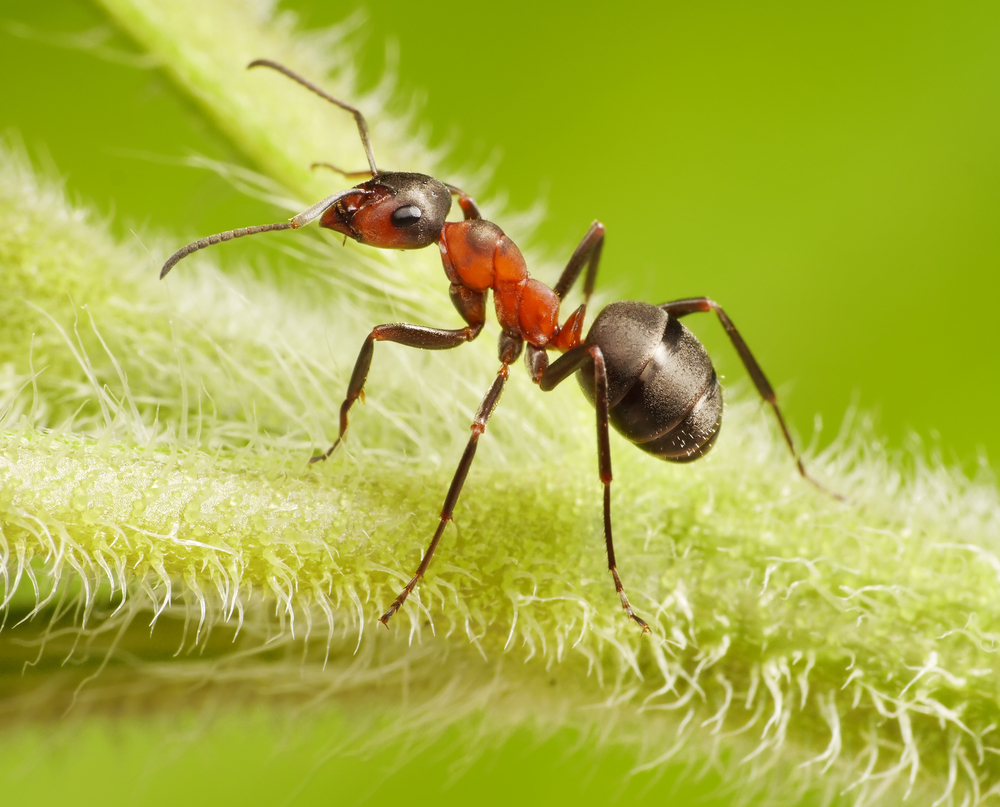Uniqueness
1. Arboreal Adaptation in a Hyper-Diverse Ecosystem:
The Kuching Sarawak ant likely belongs to a genus such as Polyrhachis, Camponotus, or Tetraponera—all of which exhibit arboreal nesting and foraging in the humid rainforest canopy. These ants thrive in one of the richest biodiversity hotspots on Earth, using trees, vines, and forest undergrowth as both hunting grounds and nesting sites, a unique adaptation in such vertically layered environments.
2. Possible Defensive Architecture and Spines:
Species in this region, particularly Polyrhachis, often feature distinctive spines on the thorax or petiole. These are not only for defense but may strengthen their exoskeleton and help in predator deterrence—a notable trait not commonly seen in most global ant genera.
3. Ant Mutualism with Tropical Plants and Insects:
Tropical ants in Sarawak commonly engage in mutualistic relationships, and the Kuching Sarawak ant is likely no exception. Examples may include:
-
Farming scale insects and aphids for honeydew
-
Defending extrafloral nectaries of rainforest plants in exchange for sugary rewards
-
Living in domatia (hollow plant stems or leaves) in an obligate symbiosis with myrmecophytes
Such partnerships are ecologically significant, shaping the survival of both ant and plant species.
4. Role in Forest Pest Control:
Similar to Tetraponera and Dolichoderus species in the region, the Kuching Sarawak ant may help control herbivorous insect populations, playing a biocontrol role in native and even agricultural ecosystems. These ants often patrol leaves and branches aggressively, attacking intruders and pests.
5. Trophic Versatility:
Tropical ants like this one often demonstrate broad dietary plasticity, consuming both high-energy carbohydrates (nectar, honeydew) and protein-rich prey. Their ability to rapidly switch roles—from tending aphids to hunting spiders—makes them adaptive generalists, particularly well-suited for Sarawak’s dynamic forest ecosystems.
6. Visual Foraging and Canopy Dominance:
If belonging to Polyrhachis or Camponotus, this ant may rely partly on visual cues during foraging—unusual among ants. It may also use scent-marked trails and tactile signals, allowing it to dominate arboreal routes and forage over large distances.
Summary:
The Kuching Sarawak ant is likely unique for its spiny body design, arboreal nest-building, mutualism with rainforest plants and sap-sucking insects, and its role as a biocontrol agent in the tropical forests of Borneo. Thriving in multi-level canopy ecosystems, it exemplifies the adaptive specialization of Southeast Asia’s rainforest ant fauna. If confirmed as a distinct or undescribed species, it may represent an important piece of Sarawak’s ecological identity.



































































